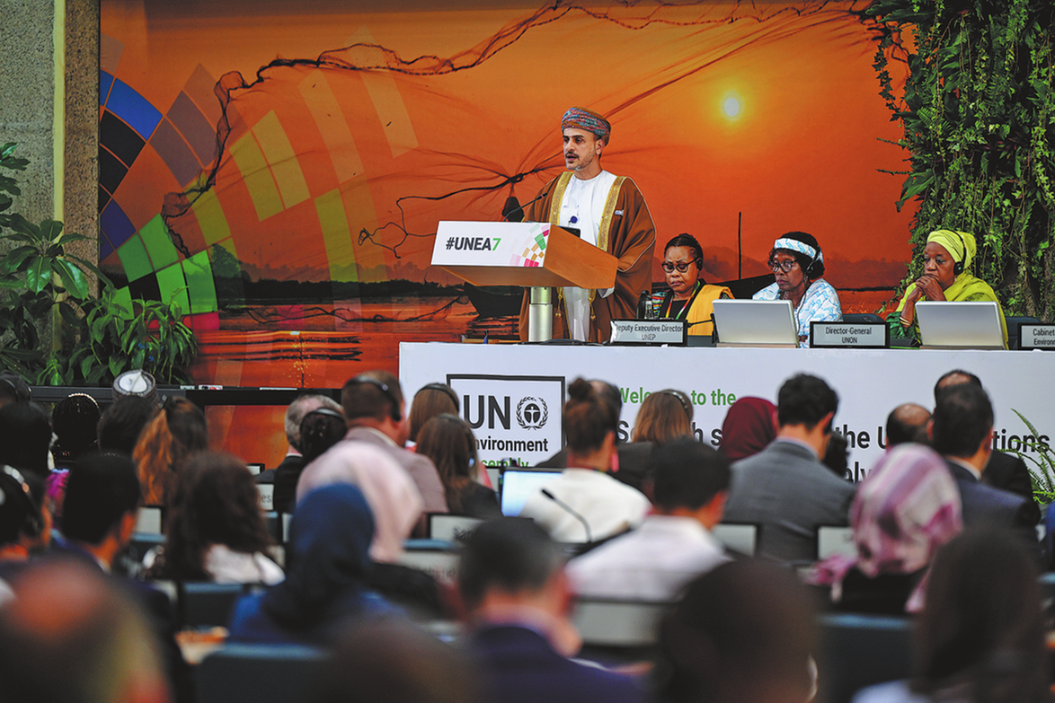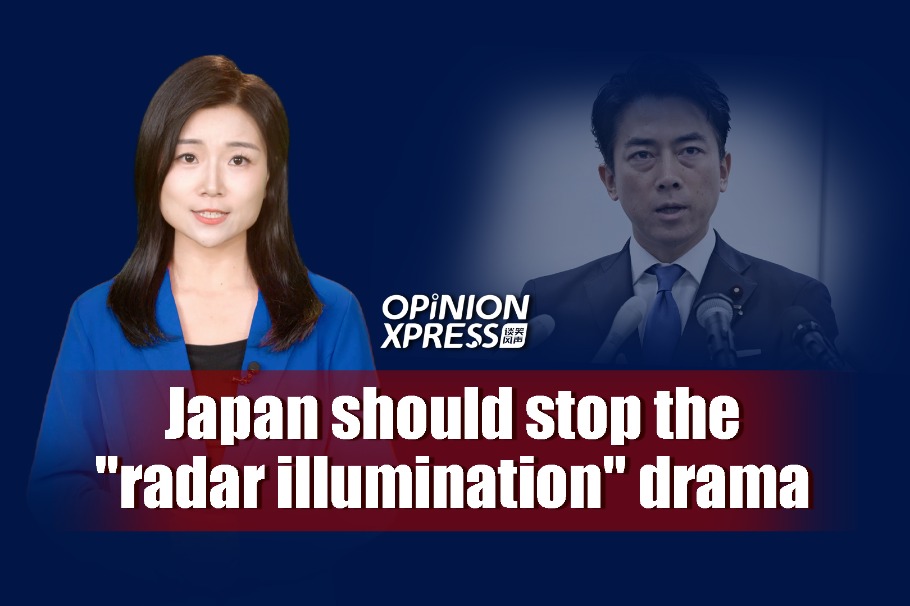The rebirth of an artist
By LIN QI | China Daily | Updated: 2024-08-03 09:41

"Then, I went to the Xizang autonomous region with four friends. I remember that it was quiet all the way in Xizang, and from afar, we could hear birds. The changing sunlight and shadows cast by the trees greatly fascinated me.
"I particularly love the southeastern part of Xizang. The hundreds of peaks there are marvelous. Deep in them is the nature that I longed for."
The mystery of the snowcapped mountains gave Zhao fresh impetus. He produced dozens of paintings as a part of Sacred Mountains, a series that forms an important part of his oeuvre and marks his shift from the figurative to the semiabstract.
Geometry, a new exhibition at the Tsinghua University Art Museum until Oct 16, presents insight into Zhao's art and captures his intense feelings and absolute love for oil painting.
The exhibition includes 34 paintings and dozens of sketches that navigate the course he referred to as "his modernism", on which he embarked in the 1960s.
In geometric patterns he found inspiration that ushered him from realism into the realm of the expressive and the abstract, where he found his true identity as a painter.
Su Wei, the show's curator, says that the exhibition pays tribute to a man who neither enjoyed chatting endlessly about the past nor displayed the arrogance of one who is accomplished, but who wanted to do something extraordinary instead.
"He was one of the few artists who could exceed his own achievements in the later stage of his career," Su says.
Before being captivated by Xizang's mountains, Zhao had been under the influence of cubism, and the work of figures such as Pablo Picasso and Paul Klee encouraged him to think how to break forms down into geometric patterns.
























